attributed to Ferdinand Barbedienne.
unsigned
France
circa 1880
height 8,5 cm
length 15,6 cm
depth 11 cm
A very fine two-handled bowl made in gilded bronze. The enameled decor made with Champlevé technique uses stylized polychrome foliage and flowers on a celest blue background.
Champlevé is an enamelling technique in which troughs or cells are carved or cast into the bronze surface and filled with enamel. The piece is then fired until the enamel melts, and when cooled the surface of the object is polished. This technique derived from the Cloisonné enamelling technique produces a finer effect.
Biography
Born in 1810, Ferdinand Barbedienne started at n°30 boulevard Poissonnière in Paris one of the most famous 19th century artistic bronze casting companies. He died in 1892. In addition to his personal production, he worked for famous artists such as Auguste Clésinger (1814-1883), Albert-Ernest Carrier-Belleuse (1824-1887) and Louis Barrias (1841-1905 At the London Universal Exhibition of 1862 Barbedienne exhibited some « cloisonné » enamel works, which were for most of them designed by Constant Sévin, and won medals in three different categories : Furniture, Silversmith work and Artistic bronzes, combining for some pieces with enamels (Oriental style cup, Château de Compiègne, Inv. C 71-122). Barbedienne’s production was always highly esteemed and he was, himself admired by contemporary art critics who compared him during the 1878 Universal Exhibition to a « prince of industry and the king of bronze-casting ».


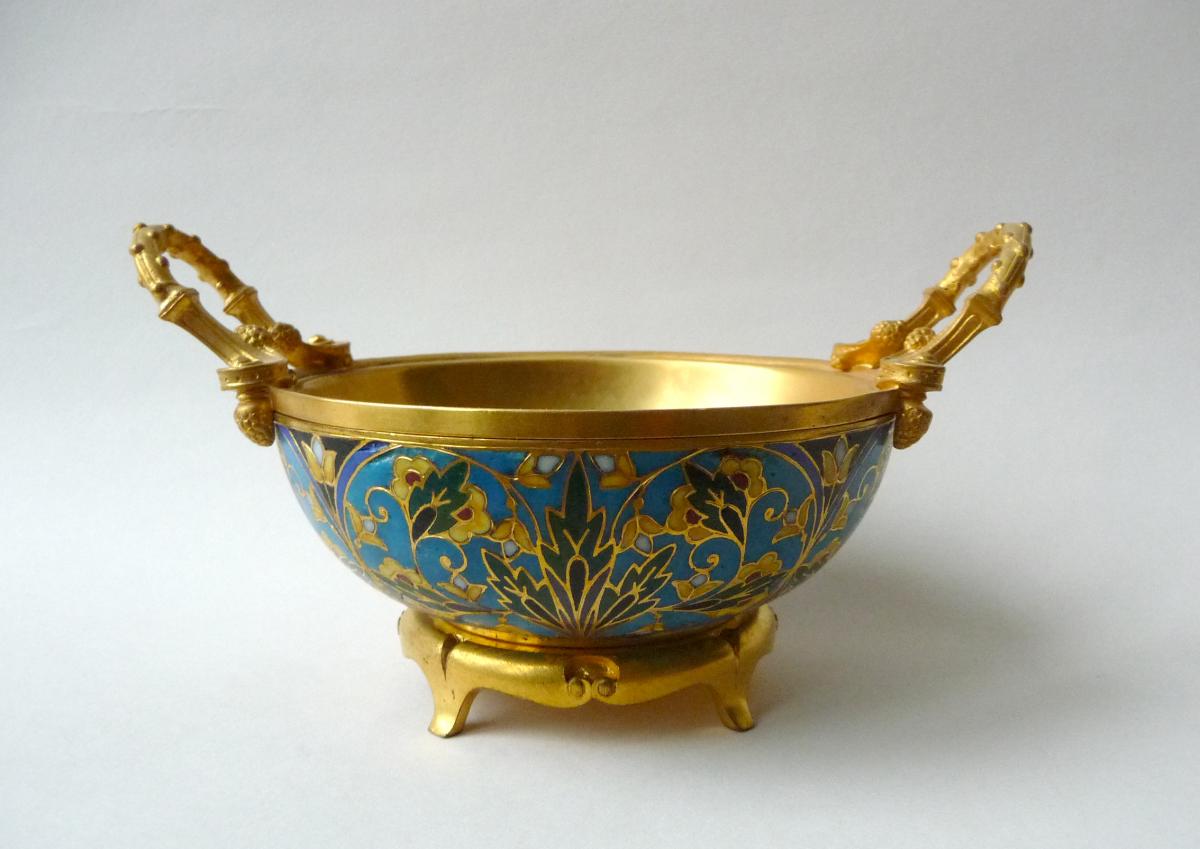
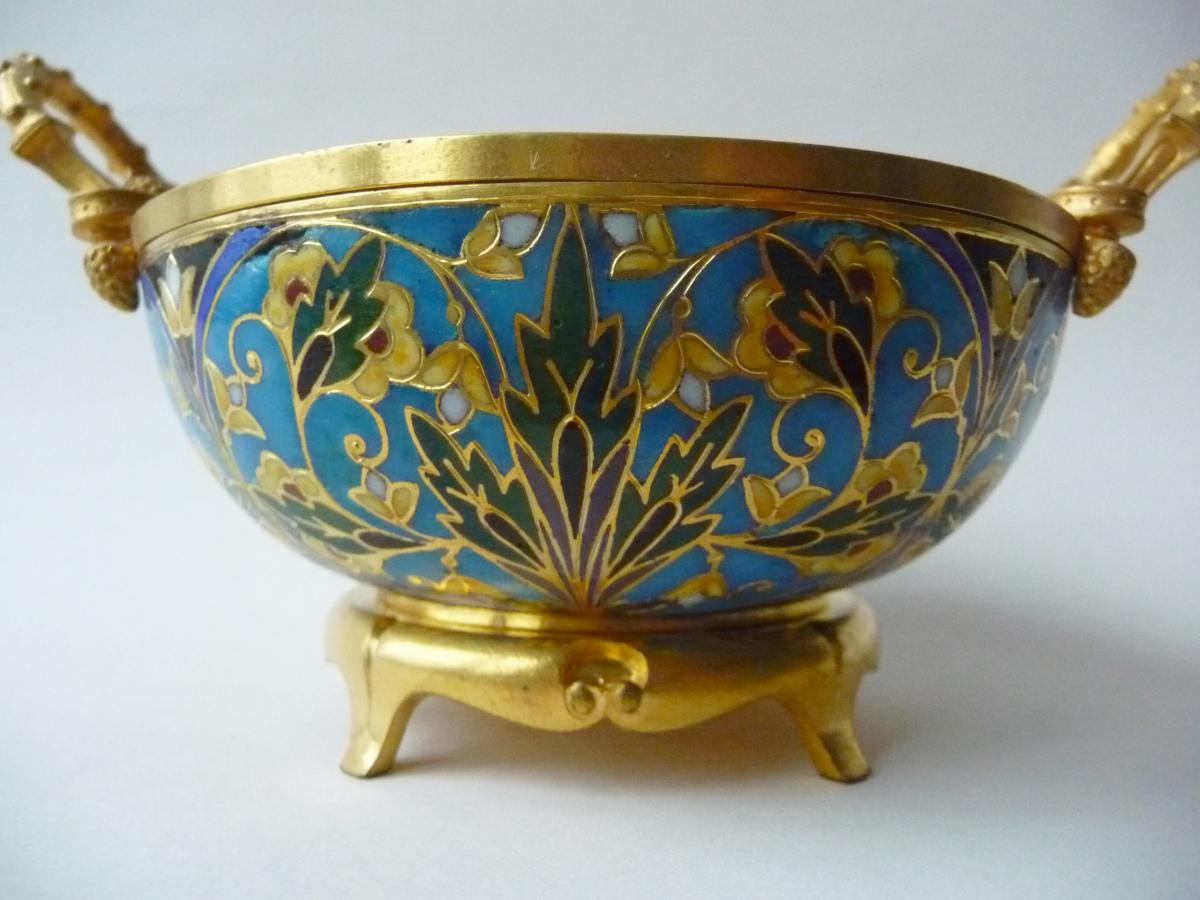
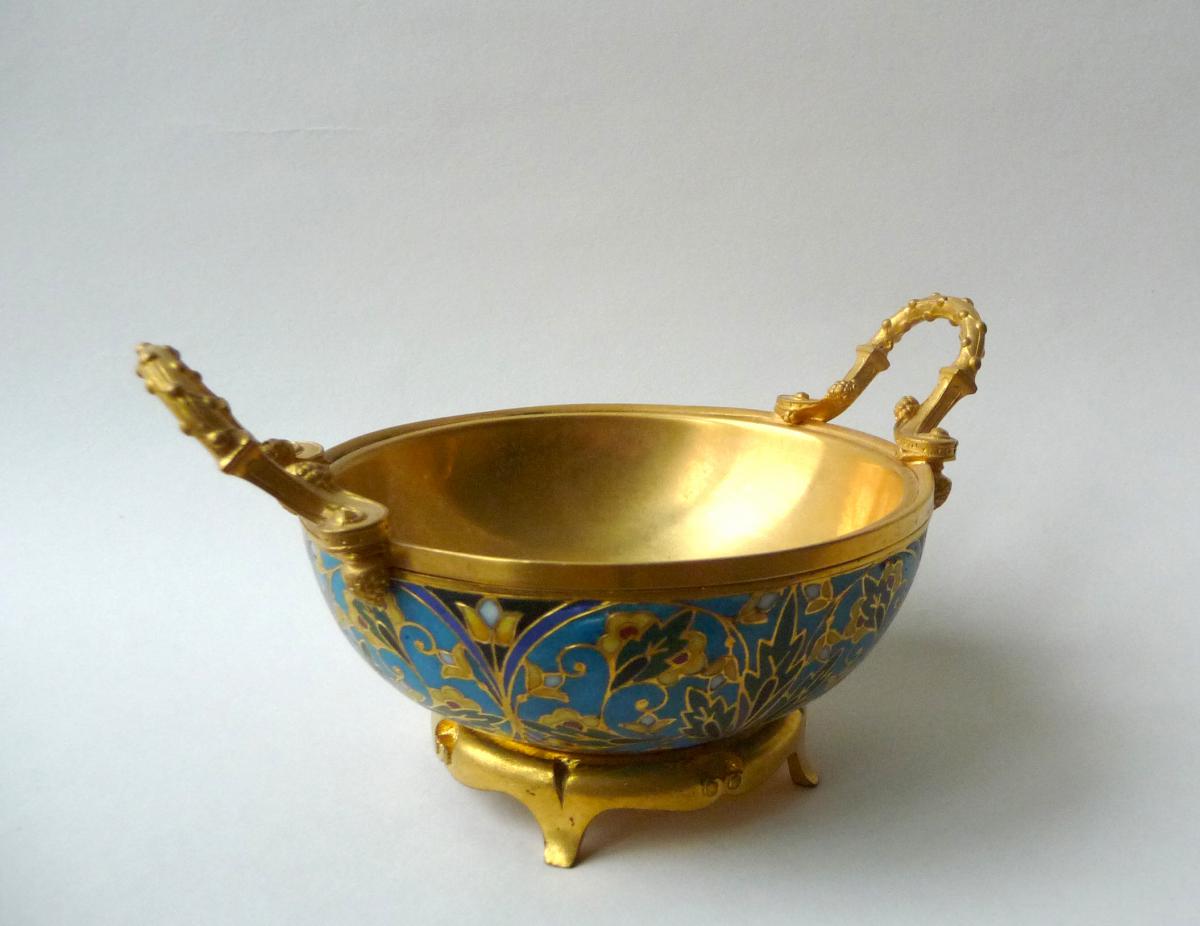
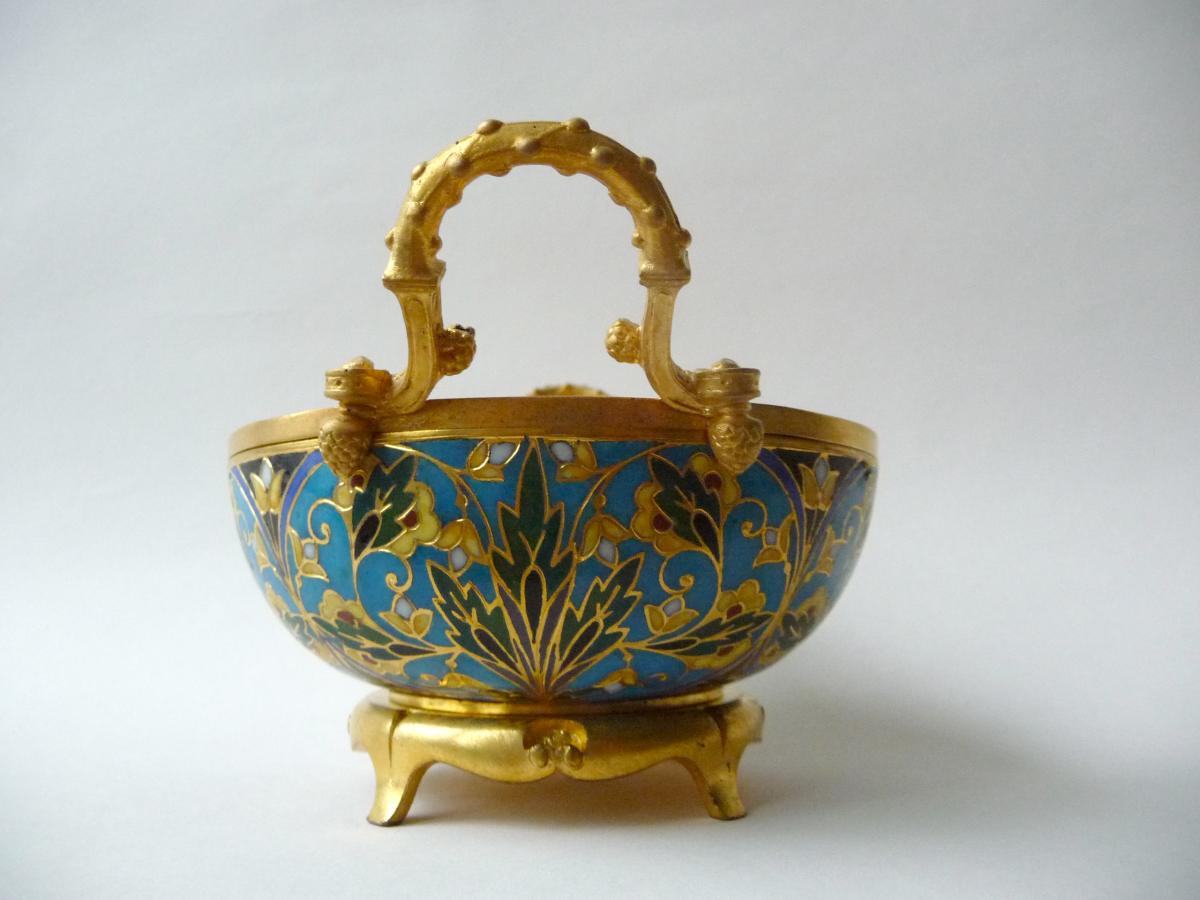


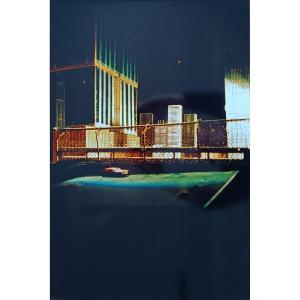
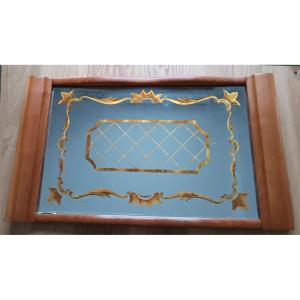
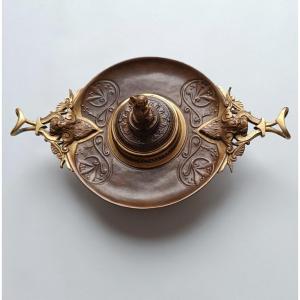

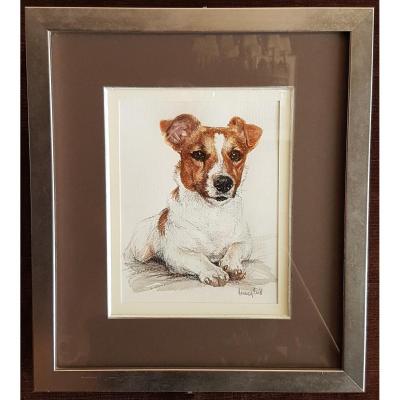


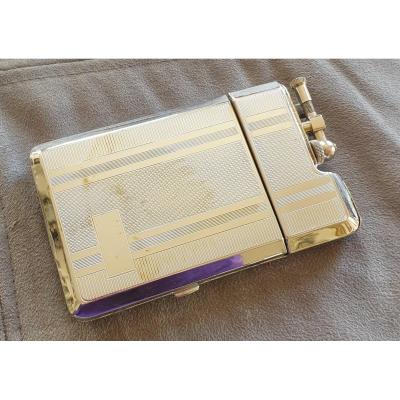


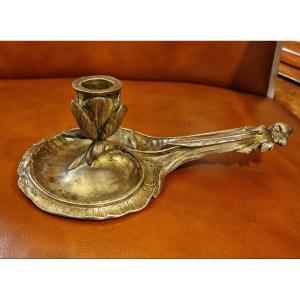
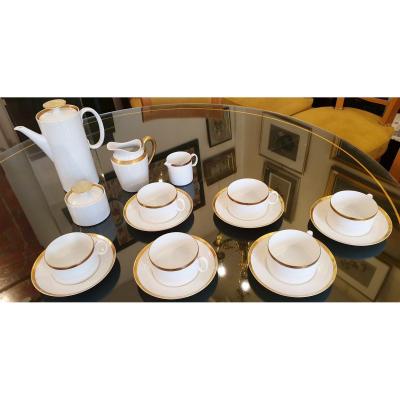

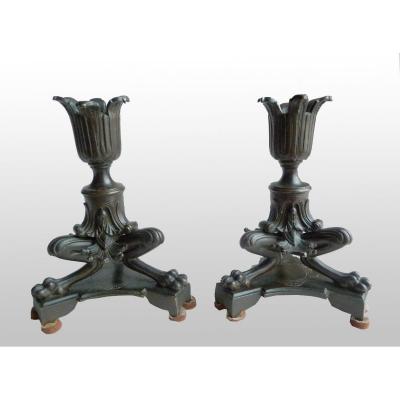


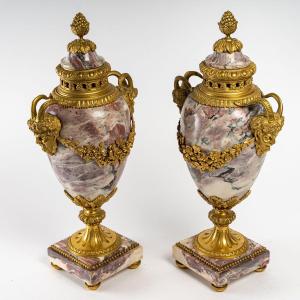
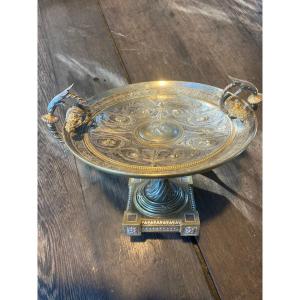
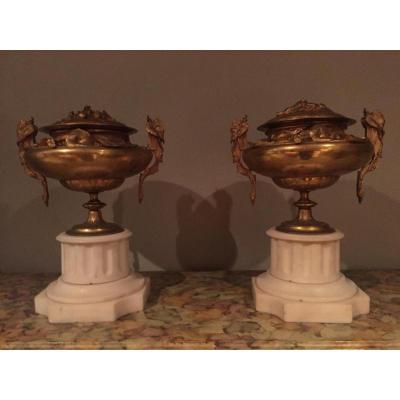



 Le Magazine de PROANTIC
Le Magazine de PROANTIC TRÉSORS Magazine
TRÉSORS Magazine Rivista Artiquariato
Rivista Artiquariato